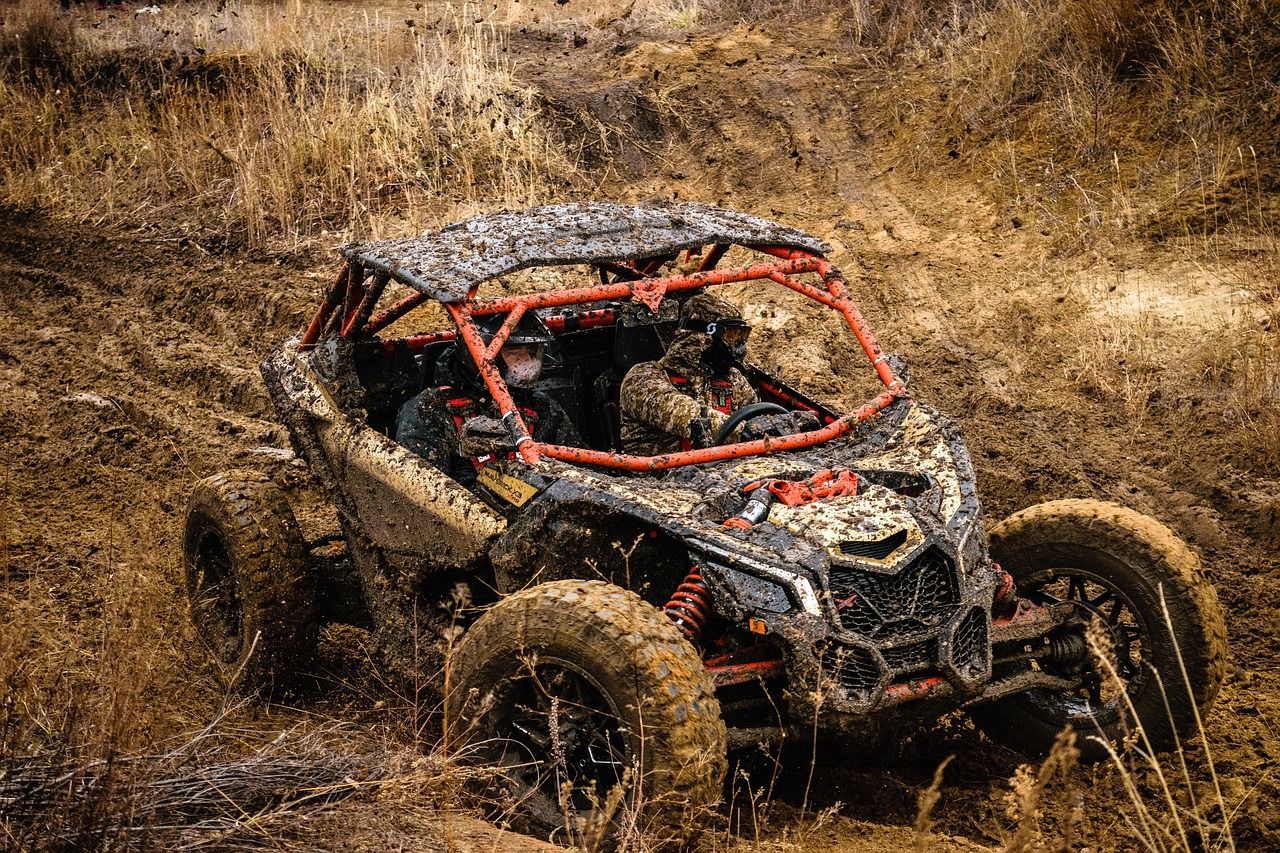Whether you’re new to off-roading or a seasoned rider, understanding how to recognize and handle common hazards is crucial. UTV owners face challenges like rocks, hidden holes, and sudden drop-offs, which can quickly turn an exciting outing into a risky situation. This article will equip you with the knowledge to confidently navigate these obstacles and ensure a safer, more enjoyable ride.

Understanding Common Trail Hazards: What You Need to Know
When you’re out on the trail, UTV hazards can appear unexpectedly. Terrain conditions change rapidly, and the ability to spot trouble early can save you from costly damage and injuries. Learning how to anticipate rocks, holes, and drop-offs is essential for every UTV enthusiast who wants to ride confidently. For more on how to improve your skills, check out our UTV trail hazards riding techniques.
- Rocks: The Hidden Danger – Large or loose rocks can appear without warning on narrow paths or around blind corners. They may cause tire punctures, damage to undercarriage components, or a sudden jolt that can throw off your balance.
- Holes: The Sudden Pitfalls – Holes or ruts often form due to water erosion or regular trail use. They may be partially covered by dirt, leaves, or debris, making them harder to see. Falling into one at high speed can lead to damaged suspension or worse.
- Drop-offs: The Unexpected Plunges – Sharp declines or unseen ledges can appear in heavily wooded areas or on mountainous terrain. Misjudging a drop-off can lead to losing control or rolling over, putting both riders and UTVs at serious risk.
Key Techniques for Navigating Rocks, Holes, and Drop-offs
Successfully avoiding these common off-road pitfalls requires a combination of preparedness and proper driving methods. Whether you’re modifying your UTV for better performance or getting it ready with the right gear, UTV trail hazards safety equipment plays a big role in your off-road adventures. Below are core techniques to help you navigate safely:
- Approach with Caution – Always slow down when unfamiliar terrain is ahead. This gives you time to assess potential obstacles, whether a large rock or a hidden hole.
- Evaluate the Terrain – Look for signs of disturbed soil, sudden drops in elevation, or changes in trail color. These clues often point to hazards such as holes or steep edges.
- Adjust Speed and Angle – When faced with a hazard, reduce speed, and approach at an angle that allows your UTV’s suspension to absorb impact evenly. This technique helps maintain stability.
- Maintain Constant Awareness – Keep scanning the path ahead, use a spotter in tricky areas if possible, and never let your guard down—especially when conditions vary from one section of the trail to another.
Putting it into Practice: Steps for Safer Off-Roading
Developing confidence with these techniques involves practice and preparation. Make time to sharpen your skills by following a structured approach. For more detailed advice, visit our common trail hazards technique guides.
- Scout the Trail – Before setting out, walk or slowly drive part of the trail to identify major hazards. Note challenging sections and plan how you’ll navigate them.
- Start Slow and Build Confidence – Practice maneuvering around small rocks, shallower holes, and gentle slopes before tackling bigger obstacles. Gradually increase difficulty to build skill.
- Refine Your Technique – Work on speed control, steering input, and body positioning. If something feels off, stop to assess and adjust rather than pushing forward blindly.
Best Practices for Safe UTV Riding
- Regularly maintain your UTV, ensuring your suspension, tires, and steering components are in good condition.
- Outfit your vehicle with suitable skid plates, bumpers, and other protective add-ons if you frequently encounter rough terrain.
- Keep a safe following distance from other riders so you have time to react to hazards they encounter.
- Always wear proper protective gear, including a helmet and protective clothing.
Seeking Further Improvement and Expert Guidance
Sometimes, even the most experienced riders benefit from professional input. If you’re dealing with persistent handling issues or want to elevate your ride setup, consider avoid common trail hazards with professional guidance. Side by Side Fury offers repairs, maintenance, and a range of custom builds to help UTV owners tackle any trail with confidence.
In addition, regular practice and continued learning are key to mastering these skills. Whether you’re testing new routes or perfecting your off-road technique, stay curious and be prepared to adapt to changing trail conditions.
Main Points to Remember
Riding UTVs on challenging trails can be safe and enjoyable if you recognize and avoid rocks, holes, and drop-offs early. Slow your speed, evaluate the terrain, approach obstacles with caution, and prioritize vehicle maintenance. By applying these techniques and taking advantage of professional guidance when necessary, you’ll protect your investment and maximize the thrill of off-roading.
